Anchoring 101 for Boaters
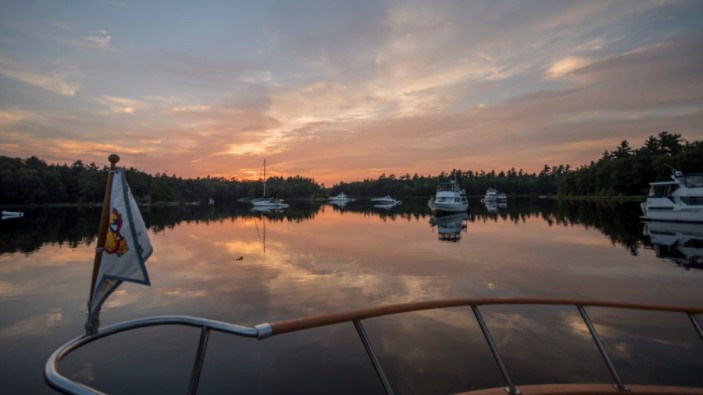
and those nearby, know what they’re doing.
Finding a safe anchorage can provide much-needed rest and relaxation following a day of boating. It can also provide a safe haven from an oncoming storm or mechanical failure. In any case, there are some basic anchoring fundamentals that will help make “riding on the hook” trouble- and worry-free.
When considering anchoring, just think “L.E.S.S.” – Location, Equipment, Set and Secure.
Location
A safe and protected anchorage location is vital. Look for areas that:
1. Are clear of the channel and traffic
2. Protect from the winds and seas
3. Have adequate water depth
4. Have good bottom type for holding such as mud, soft clay, or sand
Most anchorages are listed on charts, Coast Pilots (free on NOAA’s website) or in cruising guides. These areas are usually free from power lines or cables and debris and are recognized areas for anchoring.
Equipment
Always have the appropriate ground tackle (anchoring equipment) to enable safe and secure holding. This requires the proper type of anchor and “anchor rode” (line and/or chain). Some of the most common types of anchors are Danforth-type, Kedge, and Plow which vary by size according to the size of the boat, the holding strength of the anchor, and typical bottom type.
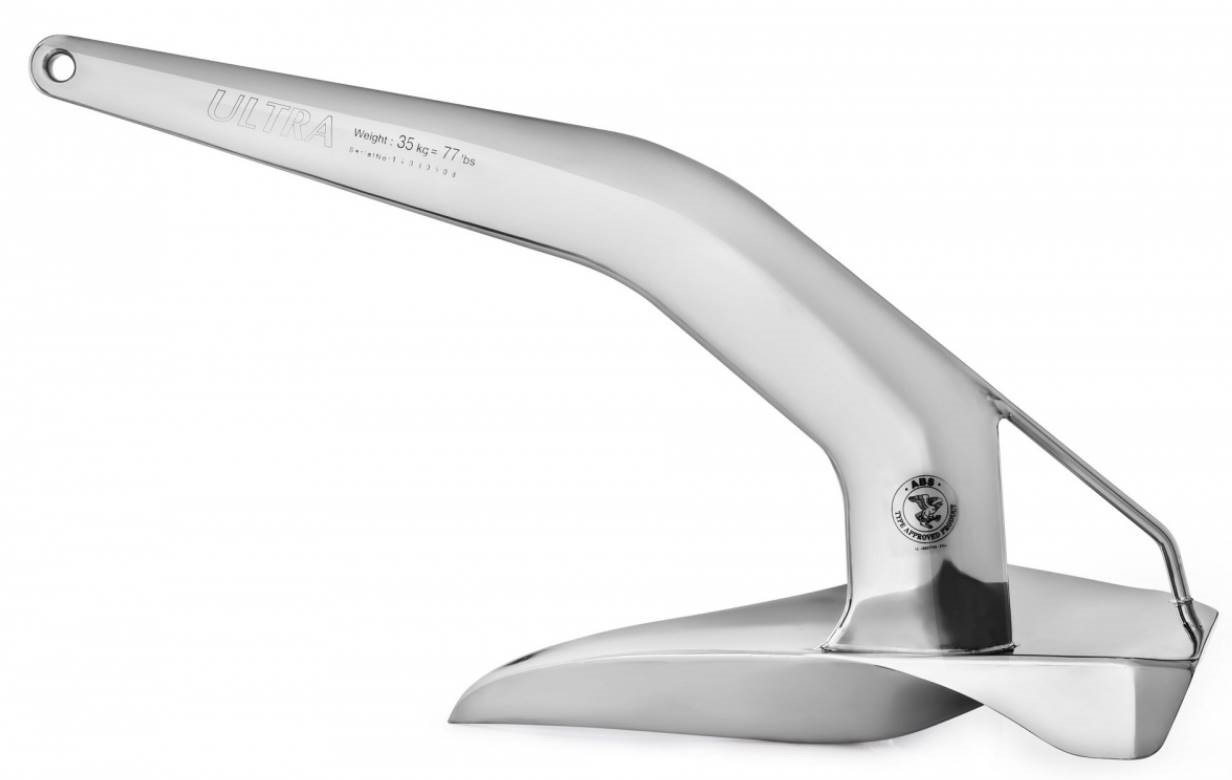
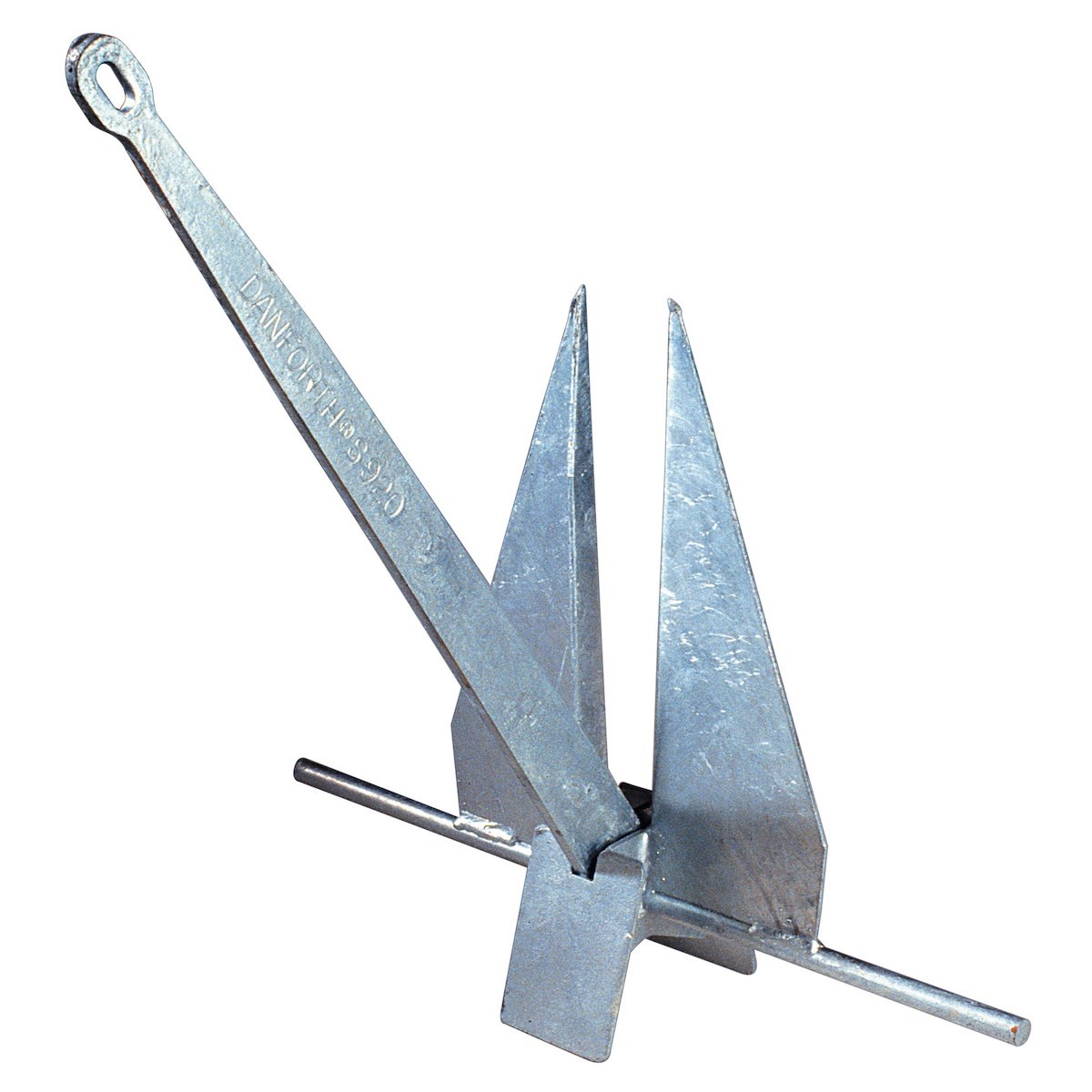
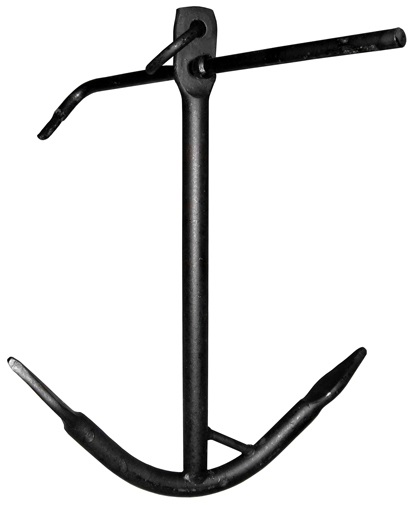
Calculating Anchor Size
A rough guide for anchor weight/size is one pound per foot of waterline. This may vary depending upon conditions and circumstances that you typically anchor.
The saying “the bigger the better” may apply in many situations. You should also have a spare or emergency anchor that can be used when your anchor is lost or more holding power is needed. Connect your anchor to chain using a shackle that is of sufficient size and tensile strength.
Anchor Rode Needs
For your anchor rode, use all chain, or a combination of a length of chain connected to anchor line. The chain is used to assist in laying the anchor on the bottom so the anchor flukes properly dig in to the seabed. The chain is usually half the diameter of your anchor line and usually ranges from 4 to 10 feet in length, depending on the size of the vessel.
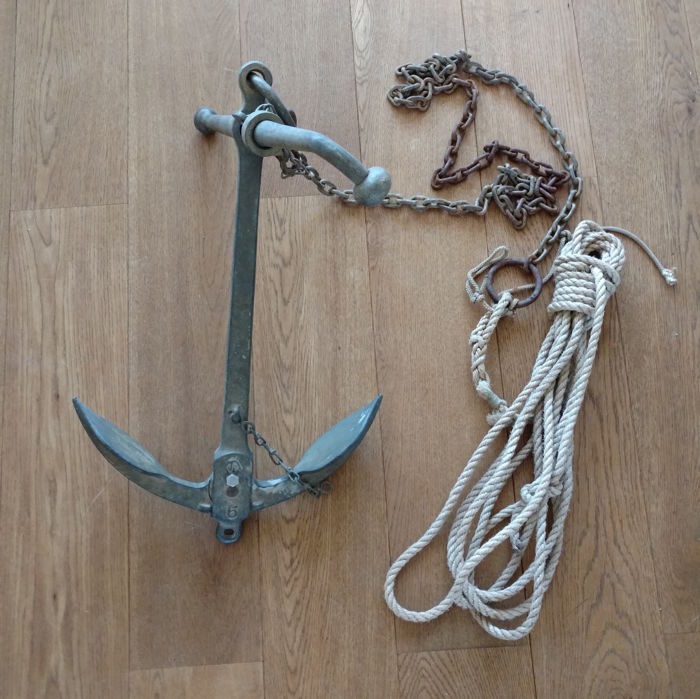
For anchor line, select either three-strand or double-braided nylon with adequate holding strength for the size of your boat. Usually 3/8-inch-diameter line is used for vessels up to 28 feet and ½-inch-diameter line for larger vessels.
When considering how much line to carry on board you need to know the typical anchor scope (ratio of the length of rode to the water depth) that will be needed during your voyages. You should use a multiplier of 5 to 8 times the water depth plus the distance to your anchor line origination point on your vessel (the bow cleat/pulpit). Use higher ratios for adverse weather conditions or heavier tidal-current situations. So, a vessel anchored in good conditions in 4 feet of water with a 3-foot rise to the pulpit would use a scope of 35 feet (7 feet to bottom multiplied by 5 = 35 feet).

To know how much scope is out, either be aware of the release rate of your windlass (mechanisms used for handling the anchor will have a release rate -- e.g., 1 foot per second) or mark the line at 50-foot increments and observe it being released. Finally, if you anchor frequently and want to know where your anchor is, consider using an anchor buoy to help keep an eye on it at all times.
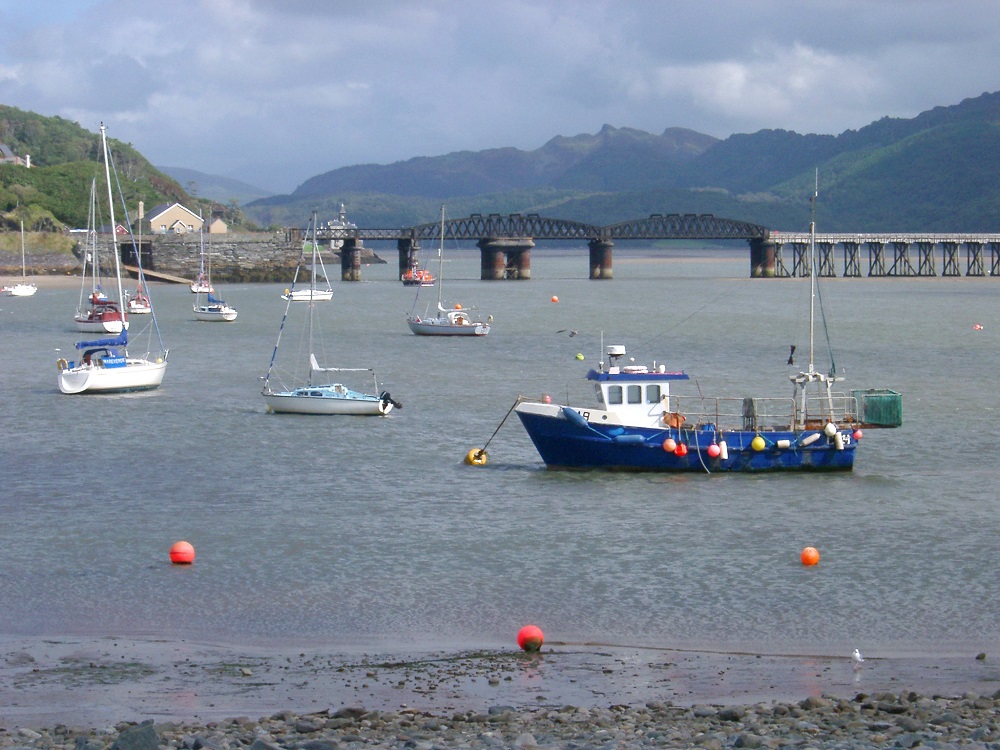
in the anchorage, or will generally be too close.
Set
A properly set anchor will hold in the most adverse conditions. The anchor flukes will snugly dig into the bottom when dragged into position by your vessel. A few tips will help ensure your boat remains anchored when you need it the most.
1. If possible, proceed slowly into the wind and current until you’re nearly over the top of the anchorage.
2. Take all headway off prior to going over the anchorage spot, then reverse slowly to go back over it with slight sternway (1-2 kts).
3. Once over the anchorage again, drop the anchor and keep slight sternway on while paying out the chain/line. Have the line already made up at the cleat or bit at the desired scope.
4. Stop the vessel’s engine(s) just prior to reaching the desired scope of anchor and observe the result.
5. The boat will slowly pull the anchor line taut and once the anchor is “hooked” on the bottom you will notice a distinctive change of heading that will point your bow in the direction of the anchor. If you are anchored and the anchor is not dragging along the bottom, the anchor line will remain taut for a short period and not appear to bounce on the bottom. You should also take notice of the surrounding area and relative direction and range of landmarks.
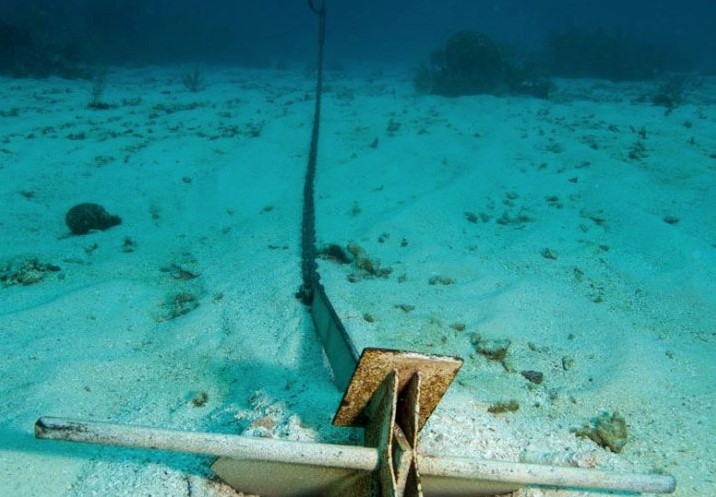
Secure
Once you have successfully found that perfect anchorage, take a few extra steps to make sure you remain safe and secure until you are ready to depart.
1. If equipped, set the anchor watch alarm on your chart plotter and ensure the swing and drag circle are properly set. A swing circle is based on the scope of the chain plus the length of the vessel. This tells you the distance your vessel will swing and is used to identify potential dangers around your anchorage spot. The drag circle is the distance from your anchor to the GPS antenna and is used to set your anchor alarm. If you begin to drag, this alarm will warn you when the boat has exceeded this limit. If not equipped with a chart plotter, monitor your position using magnetic bearings to objects and radar ranges (if equipped).
2. Use battery power wisely and isolate house batteries from starting batteries. Make sure you reserve ample starting voltage to depart the anchorage. If running on generator, be very cautious about exhaust gases to ensure the cabin and cockpit remains well ventilated and safe from carbon monoxide.
3. Keep your anchor light on all night to ensure passing boaters can see you (plus, it’s the law!).
4. Closely monitor the conditions for wind shifts or inclement weather moving through the area. Consider deploying your secondary (emergency) anchor off the bow to assist with holding in adverse conditions.
No Stern Anchoring
A word of caution: Anchoring by the stern should be avoided in most situations. Many accidents have been caused by stern anchors pulling the stern down in strong currents.
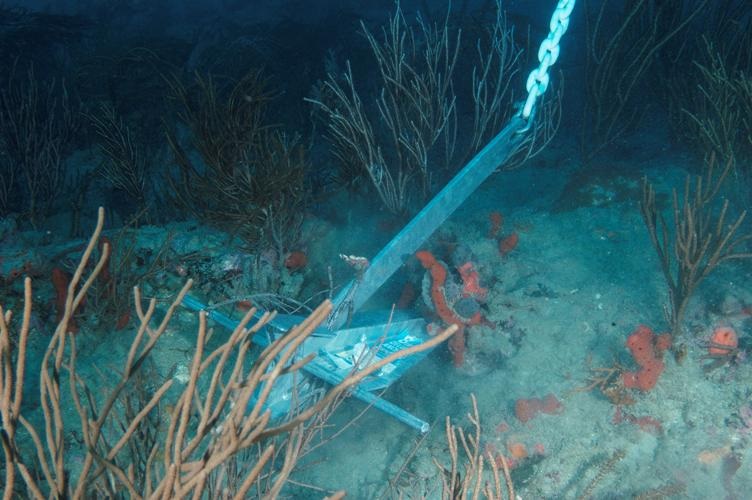
Protect the Sea
Finally, be a good steward of the sea and be mindful of our beautiful marine environment. Never anchor in coral or in protected areas, always dispose of your trash and sewage properly, and respect your surroundings so others can enjoy it too!